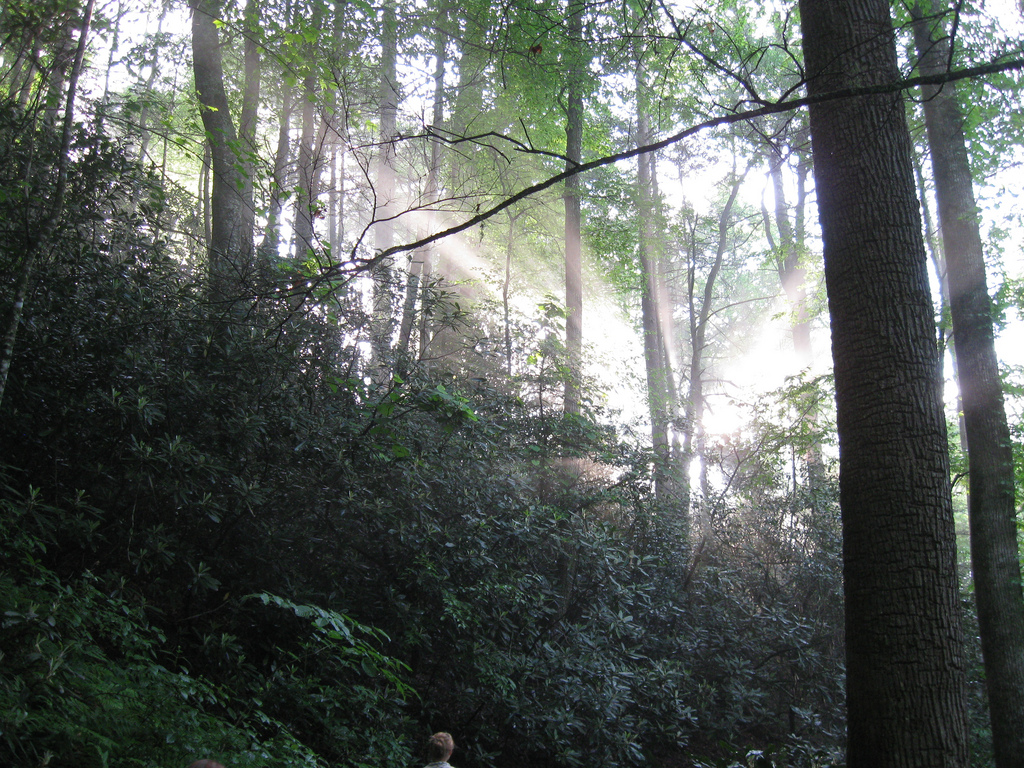Science News
Valuable Carbon Sequestration
June 10, 2014
by Molly Michelson

As humans release billions of tons of carbon dioxide (CO2) into the atmosphere, much of it finds its way back into Earth’s geosphere and biosphere, through carbon sequestration—long term capture and storage of CO2. Without forests and oceans capturing CO2, climate change and global warming would be more severe and more costly.
Researchers are studying these processes to understand how they work and how they are changing as emissions increase. A study published in Nature Climate Change last week looks at the effects of climate change on U.S. forests on the east coast and midwest.
Over the last two decades, spurred by higher temperatures caused by climate change, these forests have experienced earlier springs and later autumns than ever before. Researchers used a combination of satellite imagery, tower-mounted instruments, and on-the-ground observations to measure these expanded growing seasons. They found that these longer seasons have enabled forests to store as much as 26 million metric tons more CO2 than before.
Although the fact that forests can store more carbon is a good thing, Harvard scientist and study co-author Andrew Richardson warns that continued climate change could lead to more dramatic negative consequences in the future. “If forests weren’t storing additional carbon in this manner, we would be even worse off in terms of atmospheric CO2 levels, so at the moment, it’s a good thing… but this is not going to solve the CO2 problem,” he says. “Yes, 26 million metric tons is a lot of carbon, but it’s still small when compared to fossil fuel emissions.
“And climate change isn’t just about warmer temperatures,” Richardson continues. “It’s also about changes in precipitation patterns… so in the future, an earlier spring might not help forests take up more carbon, if they end up running out of water in mid-summer.”
And forests aren’t the only hard workers when it comes to carbon sequestration. An article this week by Climatewire in Scientific American puts price tags on the carbon storage that fish perform in the world’s oceans. The report considers two recent studies—one looking at deep-sea fish off the coast of the United Kingdom, and one that assesses fish globally. The latter “roughly estimates that fish and other aquatic life in the high seas absorb enough carbon dioxide to avert $74 billion to $222 billion in climate damage per year,” according to the article. Both studies argue the value of the services these fish provide to climate change versus seafood.
Storing carbon will only become more important as the world continues to change. Studies like these help not only scientists—but all of us—understand the value of services that forest and ocean ecosystems provide.
Image: filarwilliams/Flickr